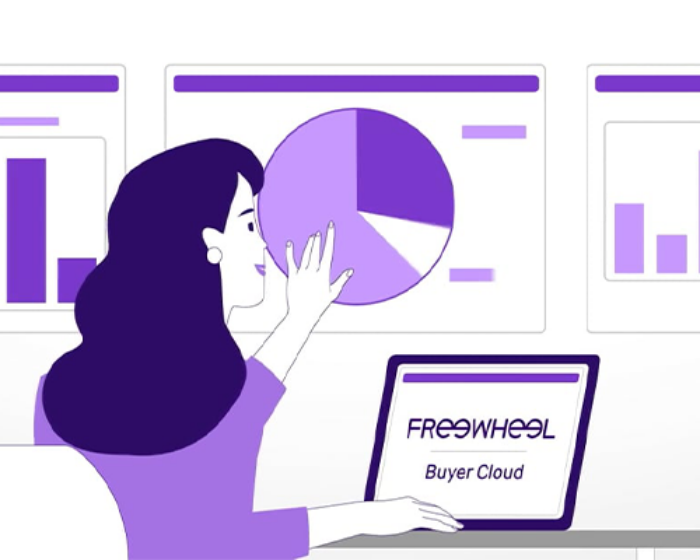As more video viewing shifts to streaming, up to a fourth of current time spent watching television, advertisers are left piecing together broad reach from many sources. Further, while publishers have more people watching their content than ever before, they’re using so many different platforms that individual audiences seem smaller. As a solution, many publishers are creating unified video solutions that bring together audiences across their linear and digital channels, and advertisers are looking for ways to bring their television and digital investment teams together to create a singular video team.
Yet while there’s clear excitement in the market around unified video advertising, there’s also confusion about what’s possible, and in some cases, what the term even means. FreeWheel Advisory Service’s latest research report, “The Definitive Guide to Unified Video,” explores the differences between linear and digital TV advertising, and the progress the industry has made in bringing these two worlds together. We will explore capabilities across two dimensions: the differences between scheduled ads traditionally seen on linear television and dynamically inserted ads more common on digital advertising; and different ways to incorporate data in planning, targeting and measuring video advertisements.
Fundamental Differences in Ad Delivery and Inventory Management
While video ads may look the same to the viewer regardless of how they are delivered, behind the scenes the systems and processes used to buy, execute and measure those ads differ depending on the delivery mechanisms. Linear carves up a daily schedule into “units” of time, while digital advertising treats each opportunity to serve an ad as unique. Linear television is measured through survey data, while digital uses near-real time signals from devices. These fundamental differences make it complicated to merge the two spaces, in part because linear and digital are speaking different languages. Further complicating matters is the multiple network of platforms, distribution agreements, and data capabilities that make it hard to understand what’s really coming together.
Challenges Incorporating Data in Planning, Targeting and Measuring
In addition, while advanced television and digital video products all use data to help marketers better reach their audiences, linear and digital TV advertising often take different approaches to identifying viewers, connecting them to attributes, and targeting delivery based on those attributes. In our guide, we explore the different types of information available for targeting, how it’s generated, and why it’s difficult to create a single, unified view into both targeting and delivery.
Promising Hybrid Solutions
Despite inherent challenges, a number of publishers have made inroads in bringing these tactics together. To make linear inventory more flexible, many programmers and distributors are using technology to convert traditional scheduled ads into dynamic ads through technology embedded in cable set-top boxes and smart-TVs. Linear Addressable ads still run at a scheduled time but can deliver different ads to different devices.Others are looking at ways to equivalize measurement across platforms. We’re excited about the progress so far, the new capabilities on the horizon, and hope our guide helps both buyer and sellers to clarify and improve their unified video offerings.
To learn more about Unified Video solutions, as well as the fundamental differences that make merging linear and digital so challenging, download a complimentary copy of “The Definitive Guide to Unified Video” today.
Bringing your video teams together is hard… Our Unified Video Workshop brings your linear and digital teams together in a fun, informative environment to learn the landscape and plan for the future. Please reach out to ddworin@freewheel.com.



